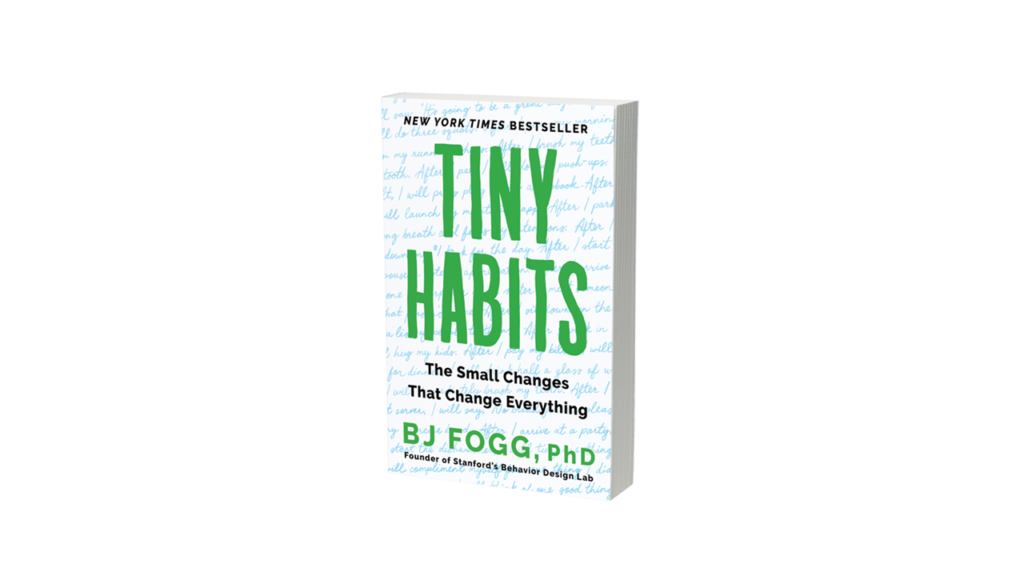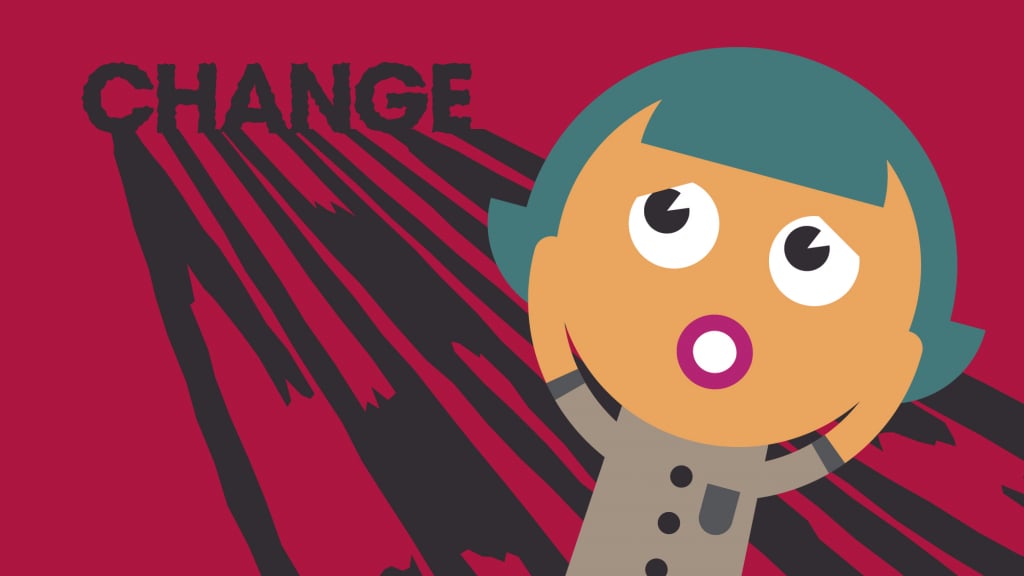Per Espen Stokes – How to Transform Apocalypse Fatigue into Action on Global Warming
By Applied Change
Share
It seems clear now that we need to make a step change in our response to climate change if we are to avert a global humanitarian crisis in the coming years. The global Covid-19 response has shown us how developing our understanding of human behavioural factors is critical to making changes quickly and at scale .
Per Espen Stoknes gives some excellent insights on why we resist making the changes needed address the climate emergency (despite the fact that our future depends on it) and offers some useful tips on overcoming that resistance.
It’s also worth remembering that the lessons discussed here can be applied to any change situation.
Related content
Unlocking Change: Why Psychological Safety is Your Secret Weapon
Psychological safety is the foundation of successful business transformation. Here’s how to empower employees, foster trust and ensure a successful change journey.
The Secret to Making Organisational Change Feel Less Overwhelming
After the global events of recent years, it’s no wonder many of us are likely to think of change as a fast-paced sprint that can be unpredictable, unplanned and overwhelming. However a focus on certain core principles can be the key to ensuring that the change is an overwhelming success rather than just overwhelming!
BJ Fogg – Tiny Habits
Tiny Habits show us how we can more easily create new positive habits that help us to improve our happiness, health and wellbeing or to eliminate those habits that are working against us.
Organisational Change – Why do we always focus on schedule and budget?
When delivering change, focusing too much on schedule and budget tends to take our attention away from the only factor that will ensure success.
How to ease the pain of change
This year has certainly been an emotional roller-coaster for many of us. When a change is thrust upon us it may be useful to understand that the emotions we’re feeling follow a pattern and that pattern is similar for most of us






